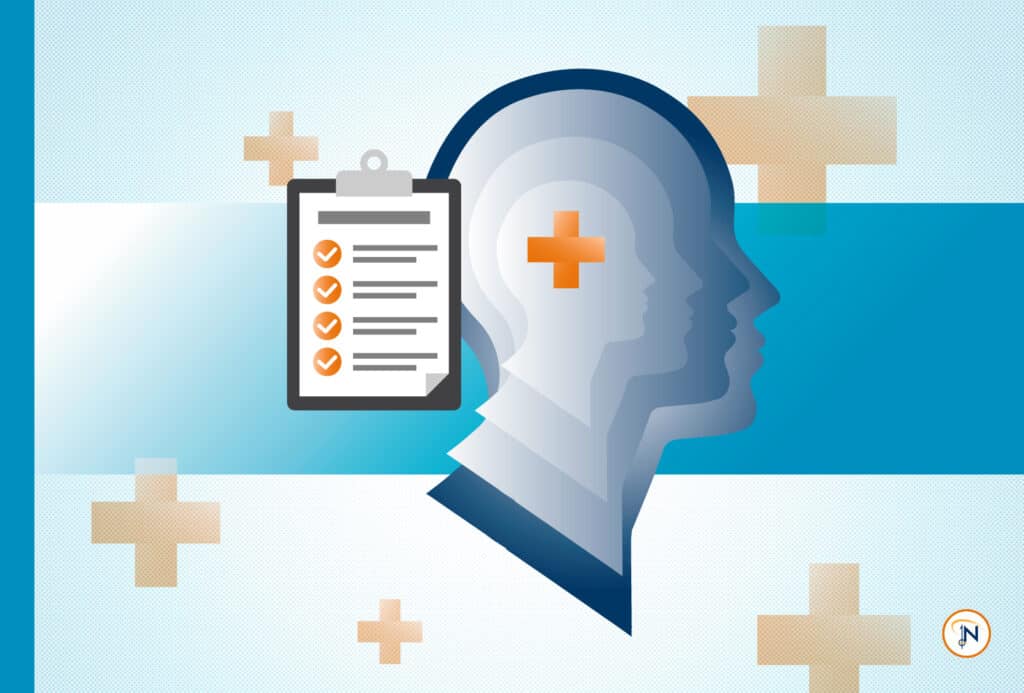Every day, nearly 50,000 youth in the United States are confined because of involvement with the criminal justice system. Two-thirds of these youth are held in a detention setting. Over a quarter of confined youth haven’t been found guilty or delinquent.
These numbers are going down, but they’re still too high.
Maybe it’s the school-to-prison pipeline, fueled by zero-tolerance policies and the criminalization of school disciplinary issues. Maybe it’s the opioid epidemic and rampant substance use disorders that also plague the adult criminal justice system. Maybe it’s family dysfunction, trauma, or mental illness. Maybe it’s a combination of all the above.
Additionally, the work you and your teams are required to accomplish in the juvenile justice system can overwhelm even the most organized and efficient staff members.
At equivant, we promote systems that work with your processes, rather than encumber your efforts with inefficient, time-consuming record-keeping that detract from the REAL work of helping your youth learn new skills and practice better decision-making.
At the community and justice agency level, we work with our partners to use technology to make a real impact on the juvenile justice system. Here are five of the top ways to start using technology to affect change:
- Collect and track ALL the data. Whether you need data for an individual case or you’re collecting community-level numbers for grant applications or proposals to policymakers, having the right data can make a world of difference for your community. Even in today’s world of automation, many agencies continue to use rudimentary tools like spreadsheets and hand-written notes to collect and manage at least some of their juvenile-related data. Not only are these practices time-consuming, but they’re also highly susceptible to inconsistencies and inaccuracies. Having complete data in one central place is the first move your agency should make toward helping youth in your community.
- Get everyone connected. Throughout the juvenile justice system—from law enforcement, to detention, to court, and diversion or adjudication, to probation—it’s important for every involved practitioner to understand the history and pathways of the youth they’re serving. Judges, attorneys, caseworkers, probation officers, mental health providers, educators, and all other involved professionals should have access to the data they need to make the most informed and appropriate decisions affecting youth. And that means connecting or sharing systems in a way that’s readily available to everyone. The days of a prosecutor or judge reading a paper file a few days before the hearing are over – things happen quickly in the lives of youth, particularly at-risk youth, and everyone needs up-to-the-minute information to best serve the individual. Keeping privacy paramount, agencies and organizations can and do successfully collaborate through cooperative and secure data-sharing with the right technology.
- Use screening and assessment tools to inform key decisions. As with adults, using sound evidence-based practice drives positive outcomes for youth. Screening and assessment tools can help build stronger case plans, connect youth with the interventions and programming they need to get on the right path and balance the individual’s needs with the community’s needs in a more objective, and equitable way.
- Use a reminder system. Releasing youth from detention into the care of their parents or guardians has become more commonplace than ever because of the COVID-19 pandemic and out of concern for the potential detrimental impacts confinement can have on youth. With the increases in pre-adjudication release and expanded use of community-based interventions and programs, our systems and communities want reassurance that the youth will return to court for future proceedings or abide by the court-ordered conditions set for rehabilitation purposes. The use of automated reminders is easier than ever through the Northpointe Suite. Youth and their parents or guardians can be reminded of upcoming court dates, appointments, and other obligations to keep youth moving in the right direction.
- Use diversion and deferred prosecution alternatives when possible. Similar to diversion and deferred prosecution agreements (DPA) in the adult world, Diversion and DPAs for youth can help bring improved outcomes for perpetrators and their victims without necessarily creating a permanent criminal record for the youth and limiting their exposure to the harmful effects of justice system involvement. Diversion and DPAs often address the root causes of the offense rather than simply determining a punishment, and they can help youth keep their records clean and stay out of detention, all while working to improve the circumstances that led to the offending behavior. While many DPAs are administered in-person, others are online, and the right technology can help facilitate DPAs no matter the level of face-to-face engagement.
We’re proud to serve at the intersection of justice and technology, and we believe technology is one of the keys to helping courts, attorneys, and other practitioners improve how we best serve youth, improve their outcomes, and ultimately reduce recidivism in our communities.
We’re committed to supporting your work with youth using technology that adds to your effectiveness and efficiency. Learn how equivant Supervision can help you better serve youth in your community.






